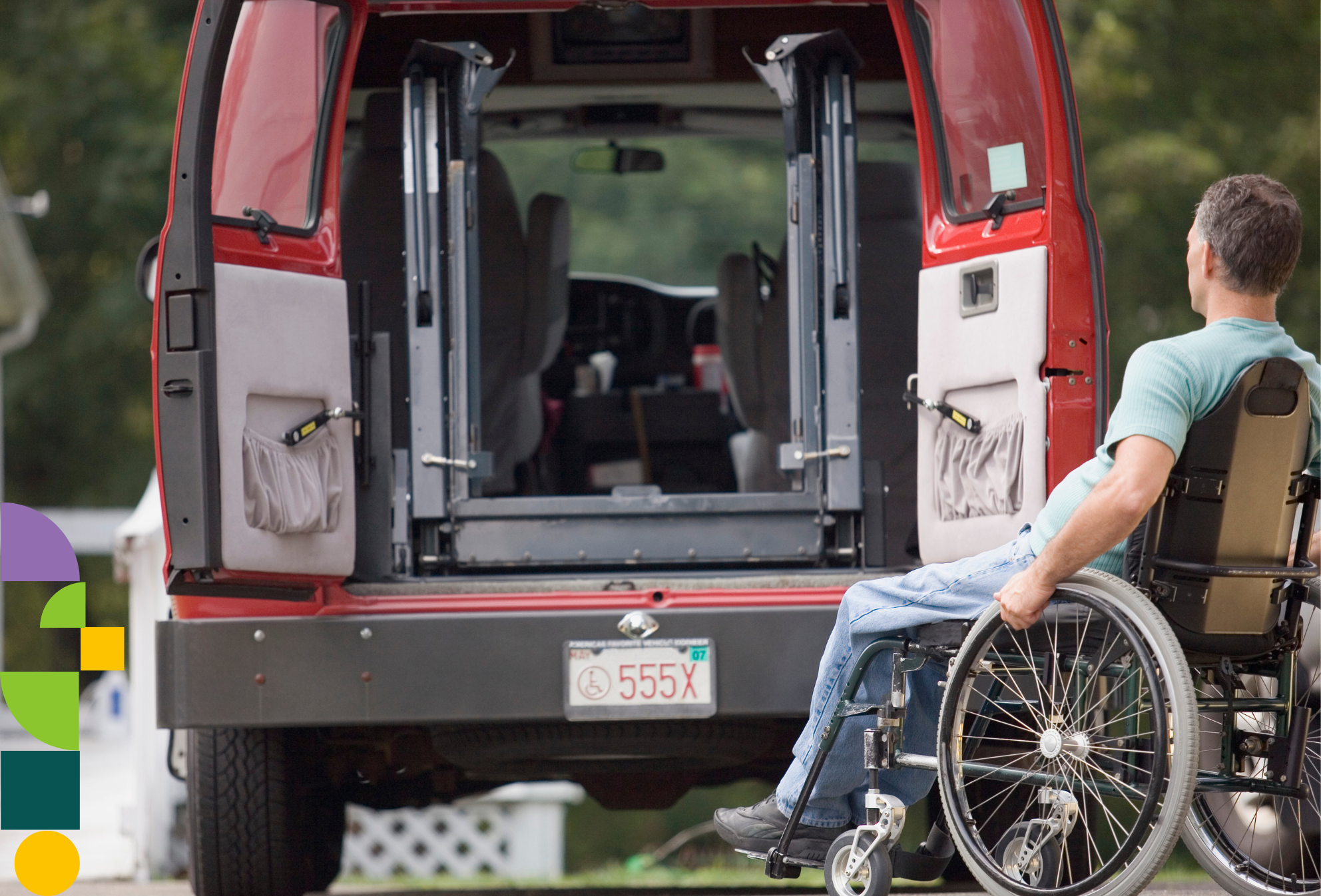Wheelchair Accessible Vehicles in Australia: Accessibility and Prevalence
Wheelchair Accessible Vehicles (WAVs) are an essential mode of transportation for people with disabilities who use wheelchairs. They allow people with mobility impairments to travel safely and comfortably, whether it be for work, study, medical appointments, or leisure activities. In Australia, there has been a push towards greater accessibility in recent years, with the number of WAVs increasing. However, there are still significant barriers for people with disabilities when it comes to accessing these vehicles.
According to the Australian Bureau of Statistics, there were approximately 4.4 million Australians with disabilities in 2018. Of these, around 1.4 million had a mobility disability, which can include difficulty walking or climbing stairs. Many people with mobility disabilities rely on wheelchairs for their mobility, and as such, require accessible transportation. In response to this need, there has been an increase in the number of WAVs in Australia. In 2018, there were approximately 9,200 WAVs registered in Australia, an increase of 28% from 2013.
However, this number is still relatively low when compared to the number of people with disabilities who require accessible transportation. As such, there is still a significant need for more WAVs in Australia. This need is particularly pronounced in regional and rural areas, where accessible transportation options are often limited.
Studies surrounding Wheelchair Accessible Vehicles
One way in which WAVs have been evaluated is through case studies. One such study was conducted in Victoria in 2016, which aimed to evaluate the benefits of WAVs for people with disabilities. The study found that WAVs provided people with disabilities with greater independence and access to a wider range of activities, including work and study. WAVs were also found to improve the overall quality of life for people with disabilities, particularly in terms of social participation. However, the study also identified some barriers to accessing WAVs for people with disabilities. These included the high cost of purchasing and modifying vehicles, which can be prohibitive for many individuals and families. Additionally, there is a lack of awareness and education around the availability of WAVs and how they can be accessed, particularly in regional and rural areas.
According to a case study by Toyota Mobility, WAVs can provide wheelchair users with more independence, comfort, and safety when traveling by car. Toyota Mobility offers a range of WAVs based on the Sienna model, which can be configured to suit different lifestyles and preferences. These WAVs feature lowered-floor conversions, kneeling systems, and various ramp options to facilitate easy access and exit for wheelchair users. They also come with Toyota Care, a complimentary car maintenance plan that includes 24-hour roadside assistance.
Moreover, according to a scholar paper by Brotherwood et al., WAVs can improve the quality of life and social inclusion of wheelchair users and their families. The paper reviews the history and development of WAVs, as well as the current challenges and opportunities in the market. The paper also presents some examples of innovative WAVs from Brotherwood, a leading manufacturer of bespoke mobility cars in the UK. These WAVs are engineered to enable wheelchair users to travel inclusively, in comfort and safely seated in their wheelchair.
Another significant barrier to accessing WAVs is the lack of accessible public transportation and taxi services. While there have been efforts to increase accessibility in public transport, such as the introduction of wheelchair ramps and designated wheelchair spaces, these measures do not always go far enough. Many public transport services are still inaccessible to people with disabilities, particularly those with more significant mobility impairments. This can make it difficult for people with disabilities to travel to and from work, study, or medical appointments.
Taxi services are also a problematic mode of transportation for people with disabilities. While many taxi services offer wheelchair accessible vehicles, there are often long wait times for these vehicles. Additionally, there have been cases of taxi drivers refusing to pick up passengers with disabilities, particularly those who use wheelchairs. This discrimination is not only illegal but can also be incredibly distressing for people with disabilities who rely on taxi services.
In addition to these barriers, there is also a lack of consistency across different states and territories in terms of accessibility standards for WAVs. While some states and territories have mandatory accessibility standards for WAVs, others do not. This lack of consistency can make it difficult for people with disabilities to know what their rights are when it comes to accessible transportation.
One promising initiative is the National Disability Insurance Scheme (NDIS), which provides funding for eligible individuals with disabilities to access transportation services, including WAVs. However, there have been some criticisms of the NDIS’s approach to transportation funding, with some arguing that the funding is inadequate and does not adequately address the unique needs and circumstances of individuals with disabilities.
More broadly, there is a need for greater awareness and education around disability and accessibility issues in the transportation sector. This includes training for drivers and staff on how to effectively and safely interact with individuals with disabilities, as well as initiatives to raise awareness and understanding among the general public.
Ultimately, improving accessibility in transportation is not only a matter of social justice and inclusion but also has significant economic and social benefits. Accessible transportation options can help people with disabilities participate more fully in society, access employment and education opportunities, and contribute to the economy. By continuing to invest in accessible transportation, Australia can ensure that everyone, regardless of ability, has the opportunity to live a full and independent life.




